The little-known “Significant Locations” list tracks every location you’ve been and how often you go there. But there’s a way to delete your history.
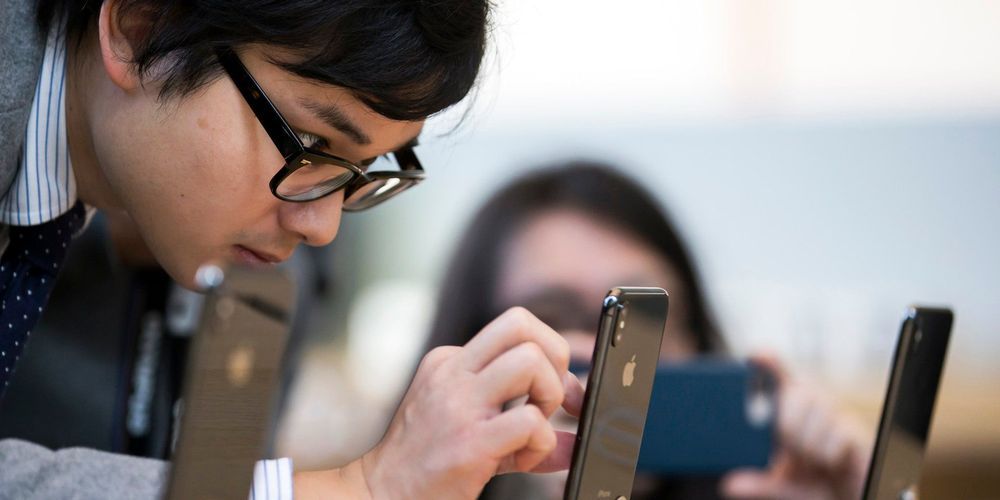

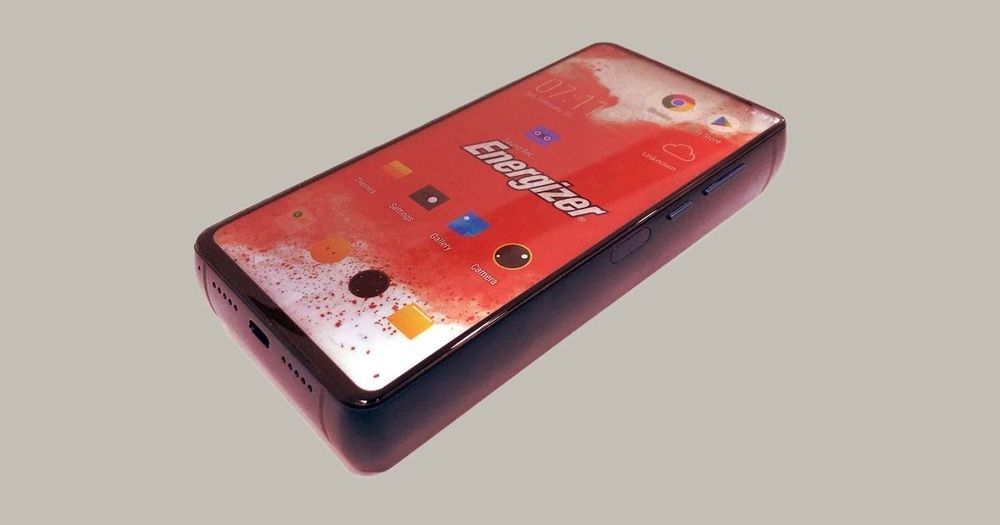
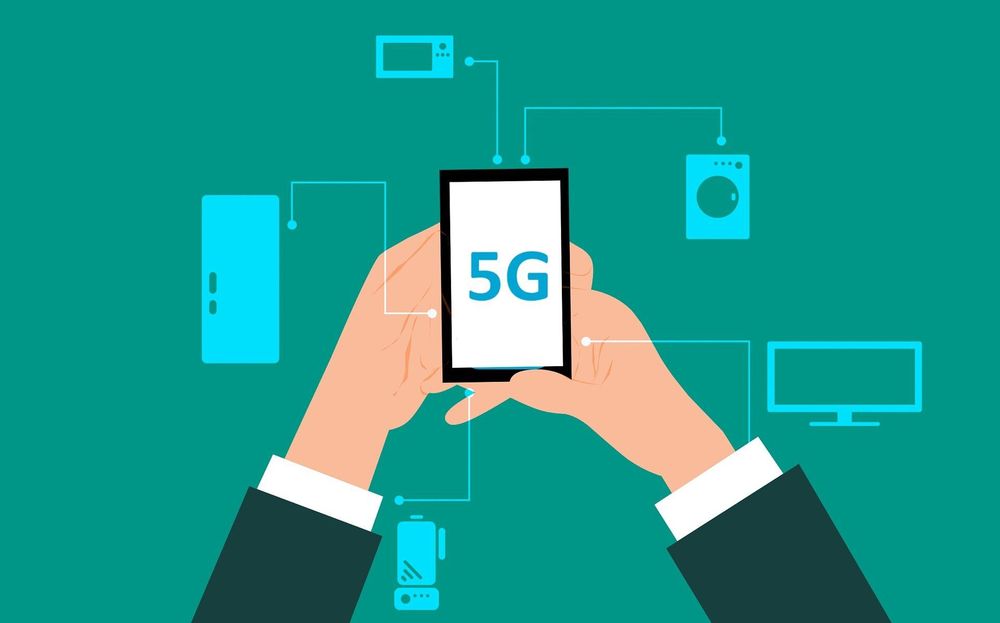
Holograms. Emotive, life-like digital human beings. Washing machine repairs directed from miles away.
The rollout of 5G wireless networks that will continue throughout 2019 and beyond promises a slew of new smartphones that will hum along much faster than the models they’ll eventually replace. But while zippier handsets compatible with the next generation of wireless are surely welcome, 5G’s potential extends beyond them.
Verizon, and some of the entrepreneurial startups it is working with, recently demonstrated a few of the fresh consumer and business experiences made possible or enhanced by 5G, at its 5G Lab in New York City, one of five such labs around the country.

A smartphone app that helps people without smartphones? Read on to learn how it works: #SpaceApps #SpaceAppsPH
ISDApp is a Pinoy-designed app made especially for fishermen without smartphones. Learn how this app works—and why it won an award from NASA.
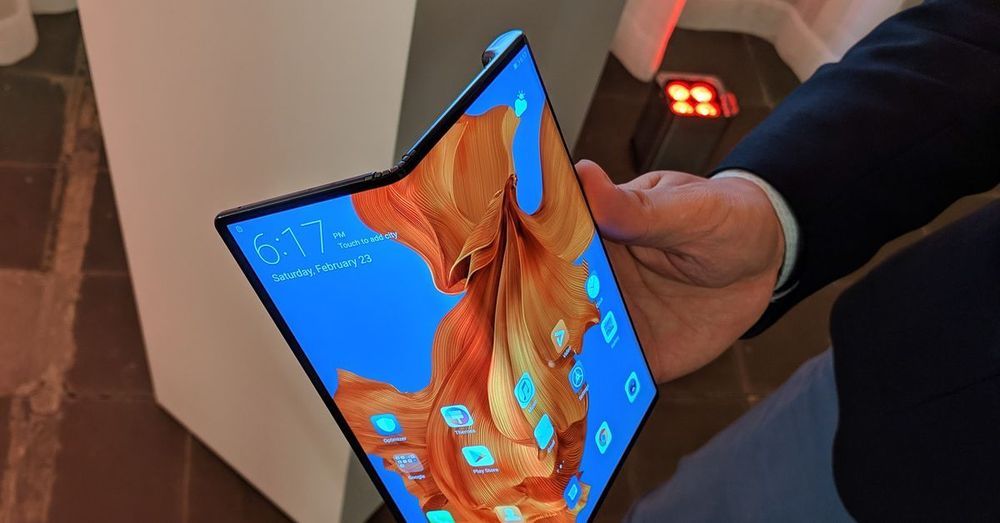
Glass lenses, used in everything from smartphone cameras to microscopes, are bulky, heavy, and expensive. Now, a team of U.S. researchers has created high-power lenses from thin, flat arrays of nanosized towers of titanium dioxide that are thinner than a sheet of paper. The novel lenses are made from so-called metamaterials, engineered to control the way in which light waves interact (above). In this case, they are able to focus light across the visible spectrum. The setup allows them to magnify images up to 170 times with high resolution, as good as conventional state-of-the-art optics, the researchers report today in. The new lenses also have the potential to be fabricated—at much lower cost—with standard computer chip–making techniques. As a result, devices such as phones, tablets, and microscopes may soon be built with smaller, and cheaper, metalenses.
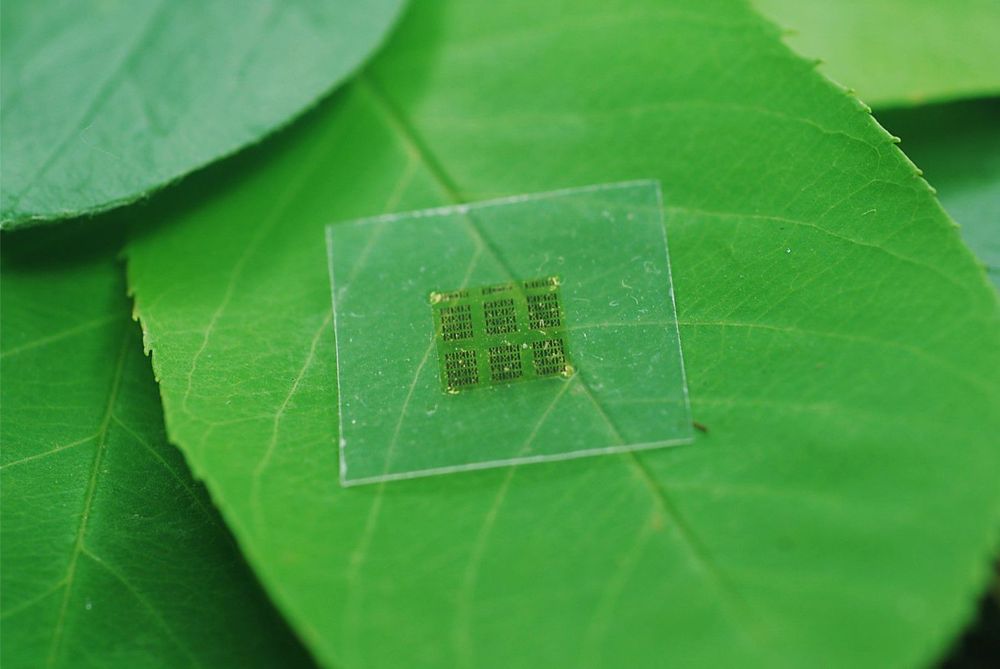
Samsung’s first foldable phone costs $1,980 and goes on sale April 26. Here is the announcement at the company’s event in San Francisco.
Samsung’s foldable phone is here!
CNET playlists: https://www.youtube.com/user/CNETTV/playlists
Download the new CNET app: https://cnet.app.link/GWuXq8ExzG
Like us on Facebook: https://www.facebook.com/cnet
Follow us on Twitter: https://www.twitter.com/cnet
Follow us on Instagram: http://bit.ly/2icCYYm
Korean tech giant Samsung officially announced its take on the growing foldable smartphone trend at its Galaxy Unpacked event today in San Francisco: the Samsung Galaxy Fold. The device will go on sale for $1,980 on April 26.
We first got a glimpse of the device in November, but the brand has likely been working on the concept for almost half a decade.